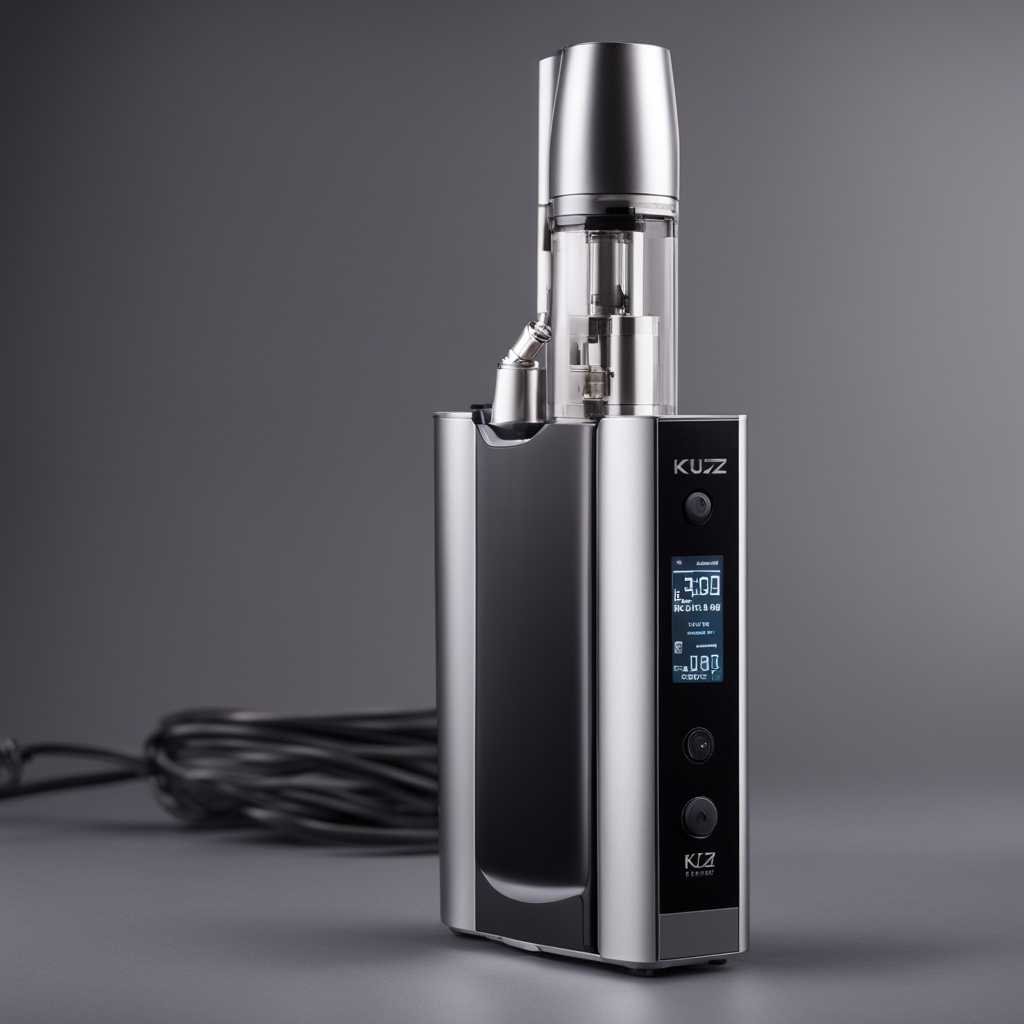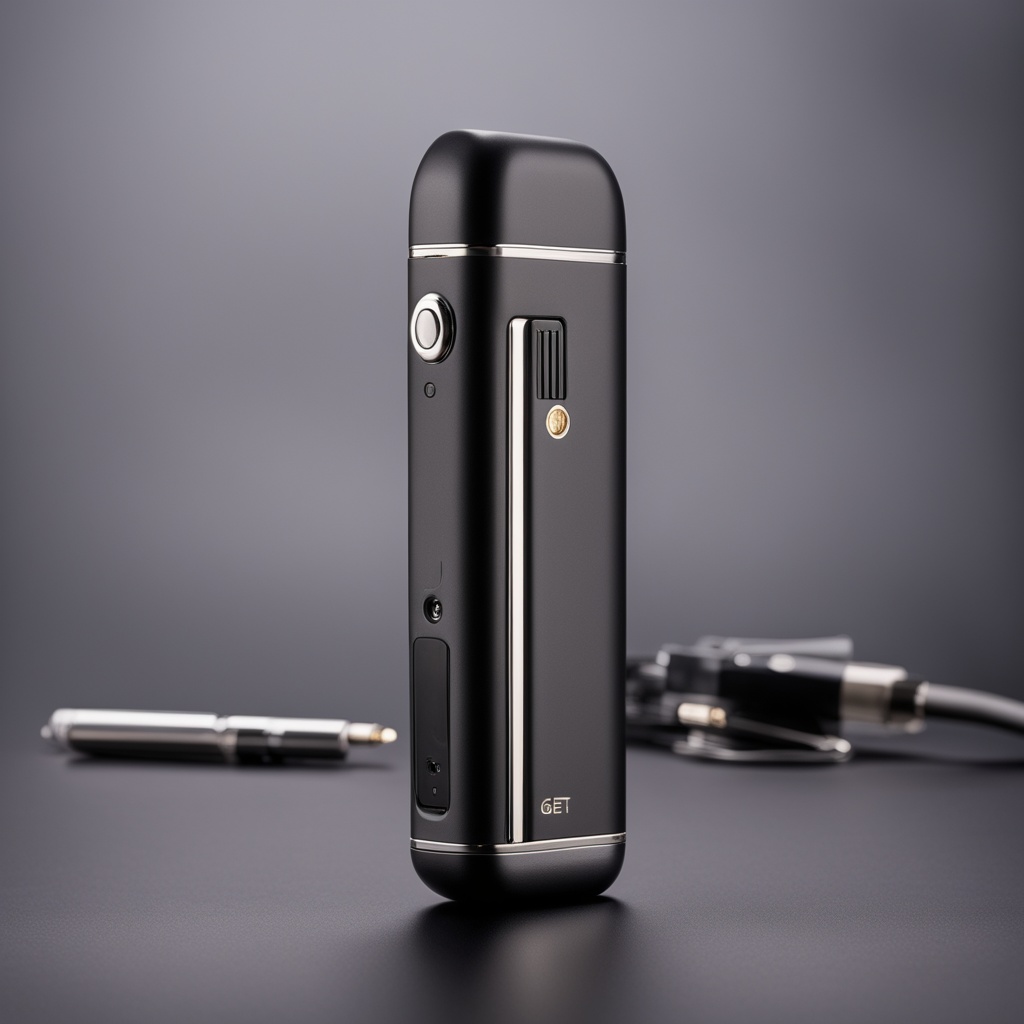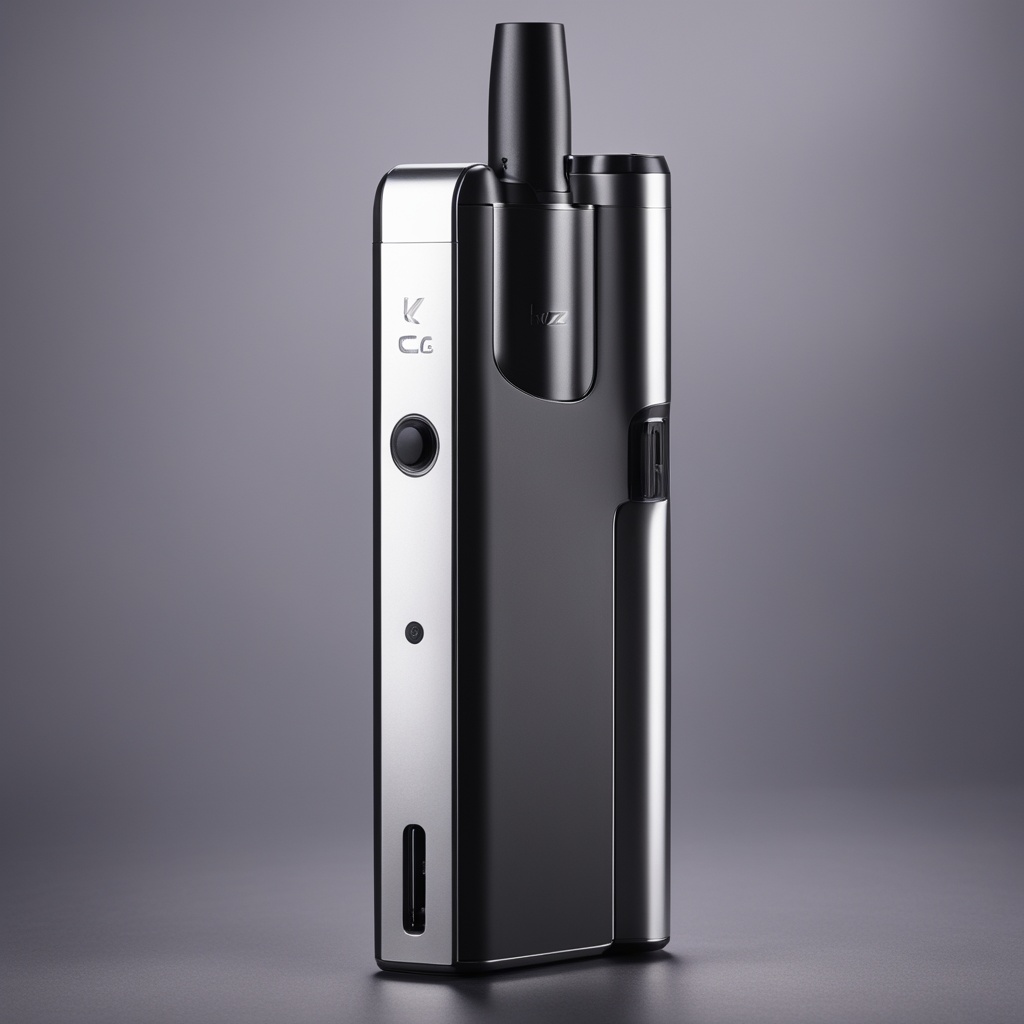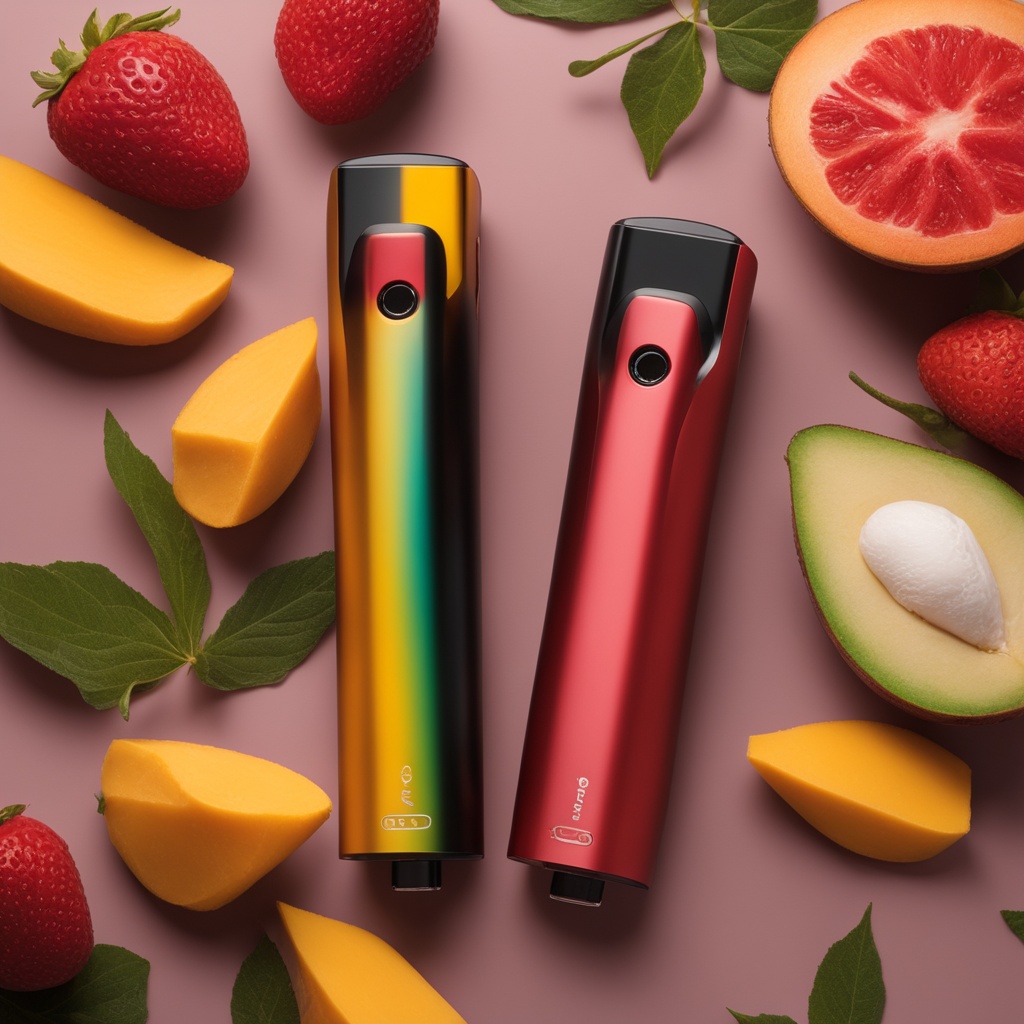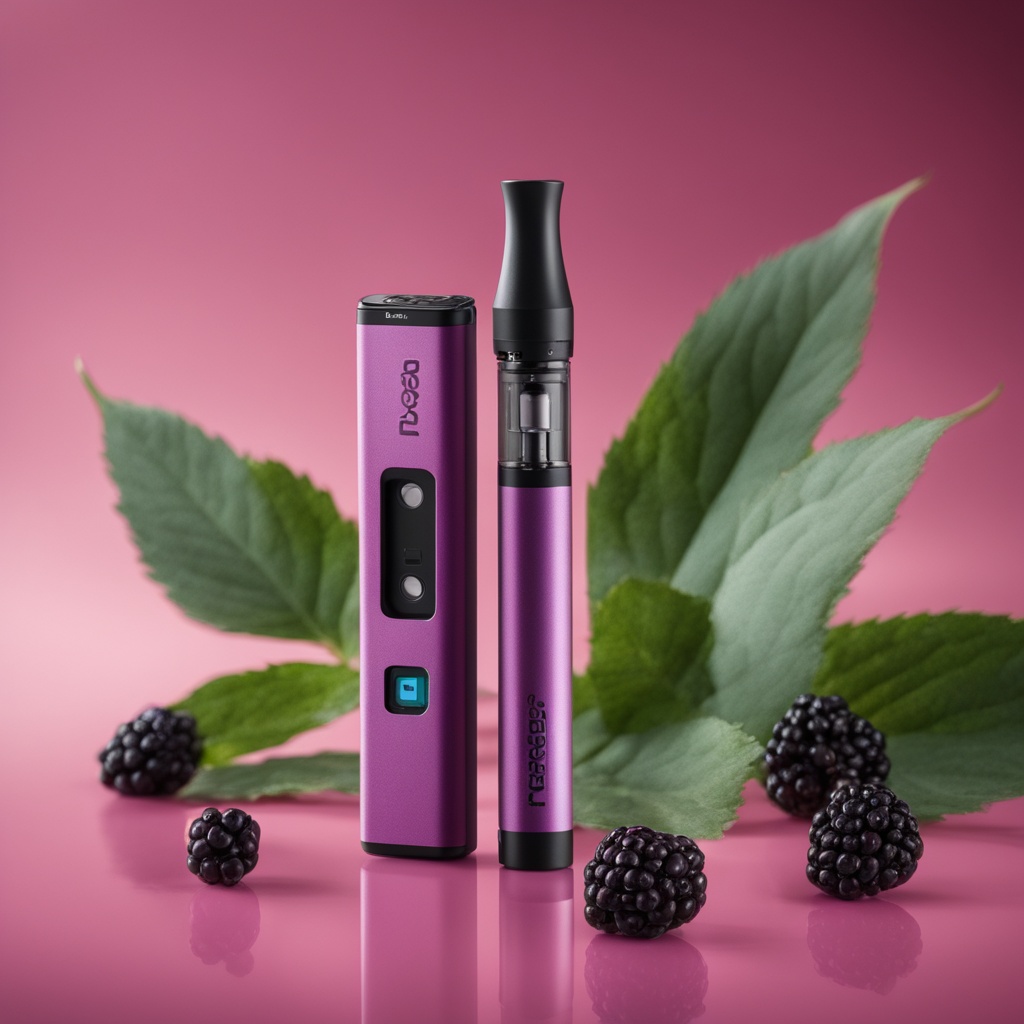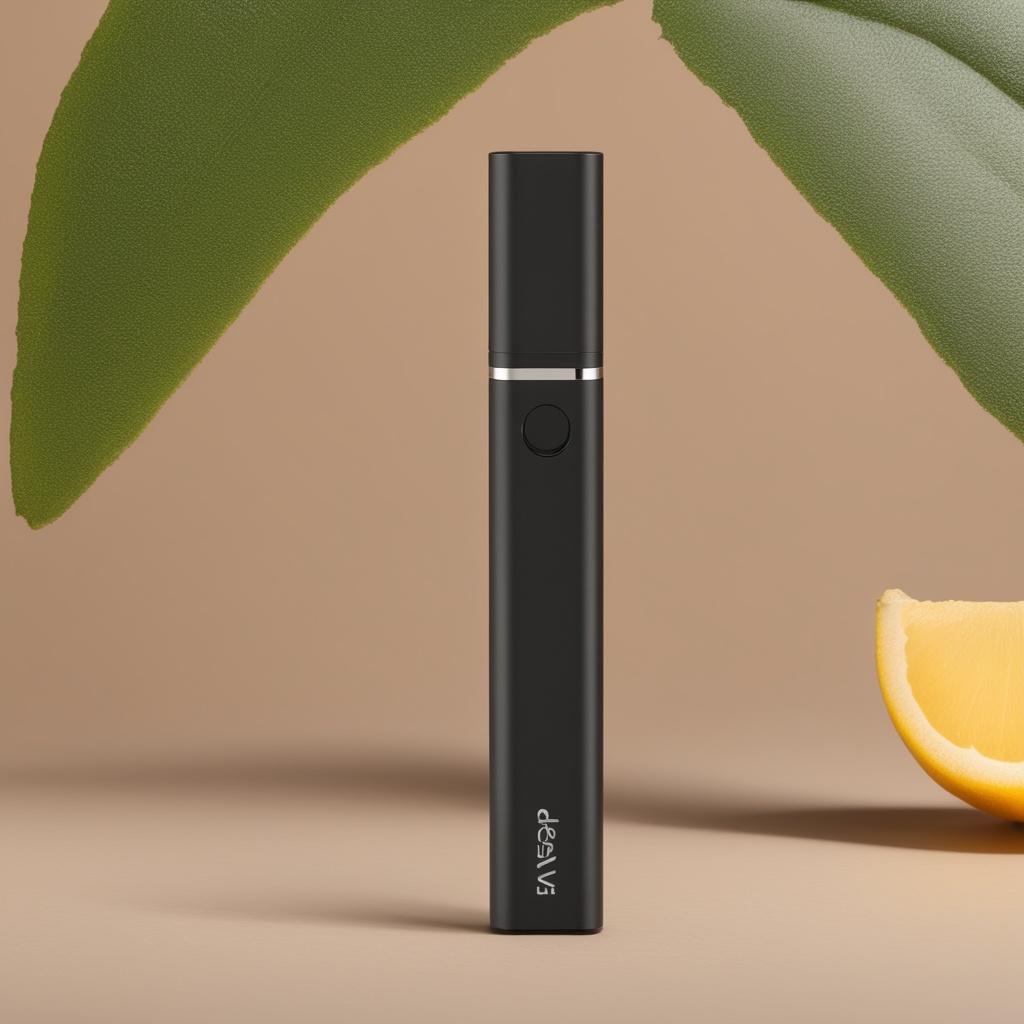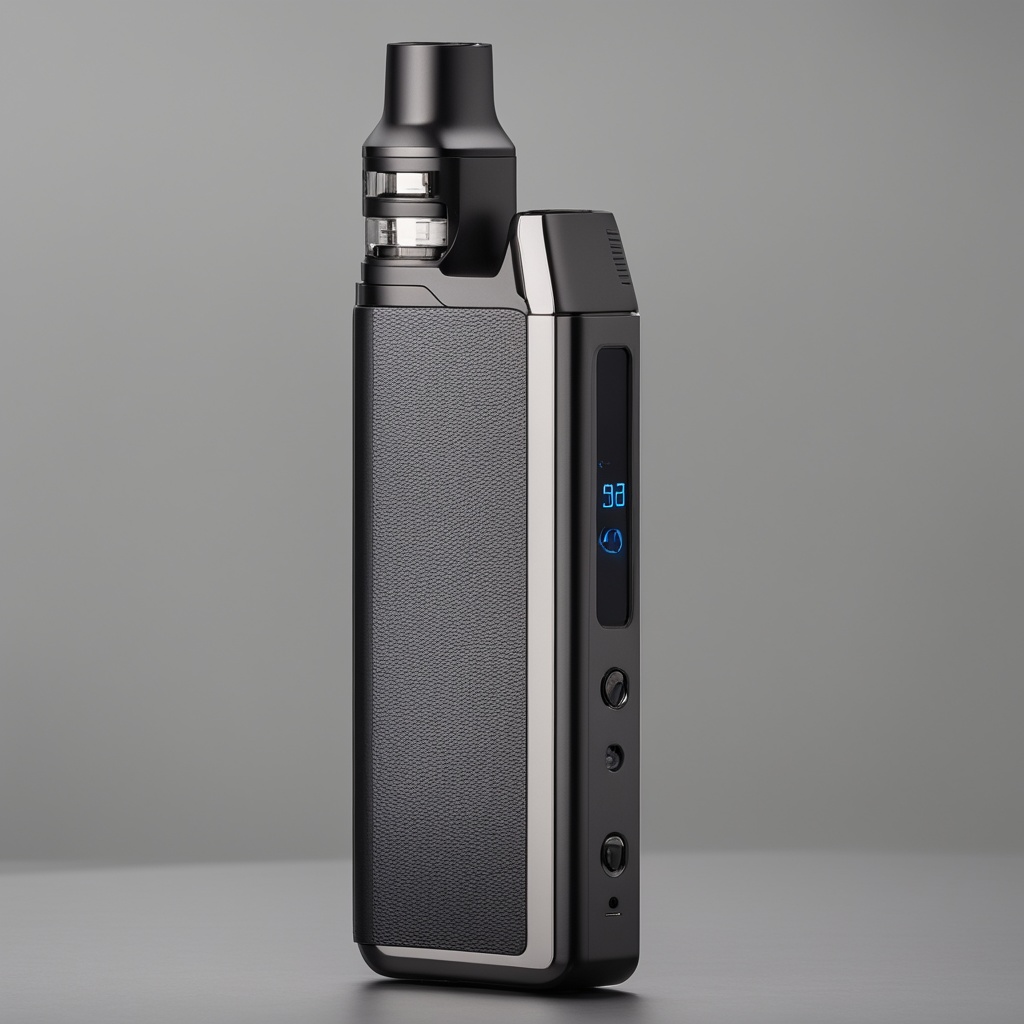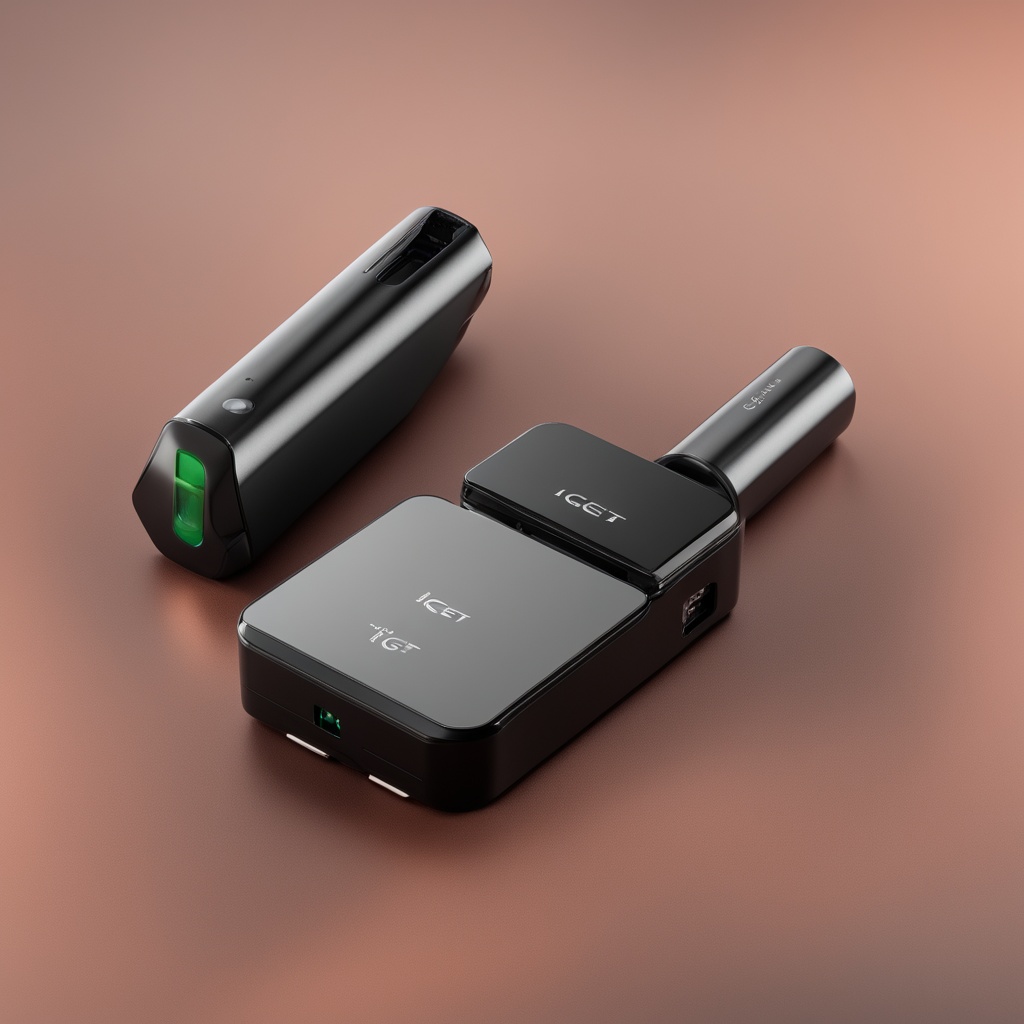The Complete Guide to Vape RELX E-Cigarettes: What You Need to Know
Vaping has become a popular alternative to traditional smoking, and with the rise of innovative products like vape RELX e-cigarettes, more people are turning to these devices as a way to quit smoking or enjoy nicotine without the harmful effects of combustible cigarettes. If you’re curious about vape RELX or considering making the switch, this guide will walk you through everything you need to know.
What Are Vape RELX E-Cigarettes?
Vape RELX e-cigarettes are a type of vaping device designed to deliver nicotine in a more controlled and less harmful manner than traditional cigarettes. These devices use vape relx technology, which heats e-liquid to produce vapor instead of burning tobacco. This process eliminates many of the harmful chemicals found in cigarette smoke.
The RELX device is known for its sleek design and ease of use, making it a favorite among both beginners and experienced vapers. It typically comes with pre-filled pods that contain nicotine, flavorings, and other ingredients. The device itself is compact, portable, and requires minimal setup, which makes it an attractive option for those looking to quit smoking.
Why Choose Vape RELX?
There are several reasons why people choose vape RELX over traditional cigarettes:
- Reduced Exposure to Harmful Chemicals: Unlike traditional cigarettes, which burn tobacco and produce thousands of harmful chemicals, vape RELX devices heat e-liquid to create vapor. This process reduces your exposure to many of the toxins found in cigarette smoke.
- Variety of Flavors: Vape RELX offers a wide range of flavors, from menthol and tobacco to fruity and dessert-inspired options. This variety can help satisfy cravings and make the transition away from smoking more enjoyable.
- Controlled Nicotine Delivery: With vape RELX, you can choose pods with varying levels of nicotine, allowing you to gradually reduce your nicotine intake over time. This makes it easier for smokers to wean themselves off nicotine altogether.
- Portability and Convenience: Vape RELX devices are small and lightweight, making them easy to carry around. They also don’t produce the same smoke as cigarettes, so they can be used in more places without causing offense or discomfort to others.
However, it’s important to remember that while vape RELX is generally considered safer than smoking, it is not completely risk-free. Like any vaping device, it comes with its own set of potential risks and considerations.
What Are the Potential Risks of Vape RELX?
While vape RELX e-cigarettes are a healthier alternative to traditional cigarettes, they are not without risks. Some concerns include:
- Nicotine Dependence: Nicotine is addictive, and even though vape RELX allows you to control your intake, it can still lead to dependence if used regularly.
- Unknown Long-Term Effects: While vaping is generally considered safer than smoking, the long-term effects of vaping are still not fully understood. Research is ongoing, but there is limited data on how vape RELX devices affect users over extended periods of time.
- Potential for Overuse: Some users may find themselves using vape RELX more frequently than intended, especially if they’re trying to quit smoking and experience strong cravings.
It’s also worth noting that the quality of e-liquids can vary, and some products may contain harmful ingredients. Choosing reputable brands and carefully reviewing product labels is essential to minimize risks.
Tips for Using Vape RELX Safely
If you decide to try vape RELX, there are several steps you can take to ensure a safer experience:
- Start with Lower Nicotine Levels: If you’re new to vaping, begin with pods that have lower nicotine concentrations. This will help your body adjust and reduce the risk of overuse.
- Use High-Quality Products: Stick to well-known brands like vape RELX and avoid generic or unbranded products. High-quality e-liquids are more likely to contain safe ingredients.
- Maintain Your Device Properly: Regularly clean and maintain your vape RELX device to prevent issues like clogs, leaks, or malfunctions. A well-maintained device will provide a better experience and reduce the risk of accidents.
- Monitor Your Usage: Keep track of how often you use your vape RELX device and adjust your habits if necessary. Overusing the product can lead to increased dependence or other health concerns.
By following these tips, you can enjoy the benefits of vaping while minimizing potential risks. However, it’s important to remember that quitting smoking is a personal journey, and what works for one person may not work for another. If you’re struggling with nicotine dependence, consider seeking professional advice or exploring other cessation methods.
Is Vape RELX Right for You?
Ultimately, whether vape RELX is the right choice for you depends on your individual circumstances and goals. If you’re looking for a way to quit smoking and reduce your exposure to harmful chemicals, vape RELX could be a viable option. However, it’s important to weigh the potential benefits against the risks and consider other cessation methods as well.
Before making any decisions, it’s a good idea to consult with a healthcare professional. They can provide personalized advice and help you determine whether vape RELX or another method is the best approach for your specific needs.
Frequently Asked Questions About Vape RELX
If you’re still unsure about vape RELX, here are answers to some common questions:
- Is vaping better than smoking?: Yes, vaping is generally considered safer than smoking because it eliminates many of the harmful chemicals produced by burning tobacco. However, it’s not completely risk-free.
- Can I use vape RELX to quit smoking?: Many people have successfully used vape RELX as a tool to quit smoking. However, success rates vary, and it’s important to approach vaping with the goal of eventually quitting altogether.
- Are there any age restrictions on vape RELX?: Yes, most countries have laws restricting the sale of vaping products to minors. In Australia, for example, you must be at least 18 years old to purchase vape RELX or other vaping devices.
By understanding the facts and considering your options carefully, you can make an informed decision about whether vape RELX is right for you.
Conclusion
Vape RELX e-cigarettes offer a promising alternative to traditional cigarettes, providing a way to enjoy nicotine without the harmful effects of smoking. However, it’s important to approach vaping with caution and awareness of potential risks. If you’re considering making the switch, take your time to research reputable brands, consult with healthcare professionals, and develop a plan for gradually reducing your nicotine intake.
Remember, quitting smoking is a process, and every step you take toward improving your health is worth celebrating. Whether you choose vape RELX or another method, the most important thing is to stay committed to your goal of becoming smoke-free.

